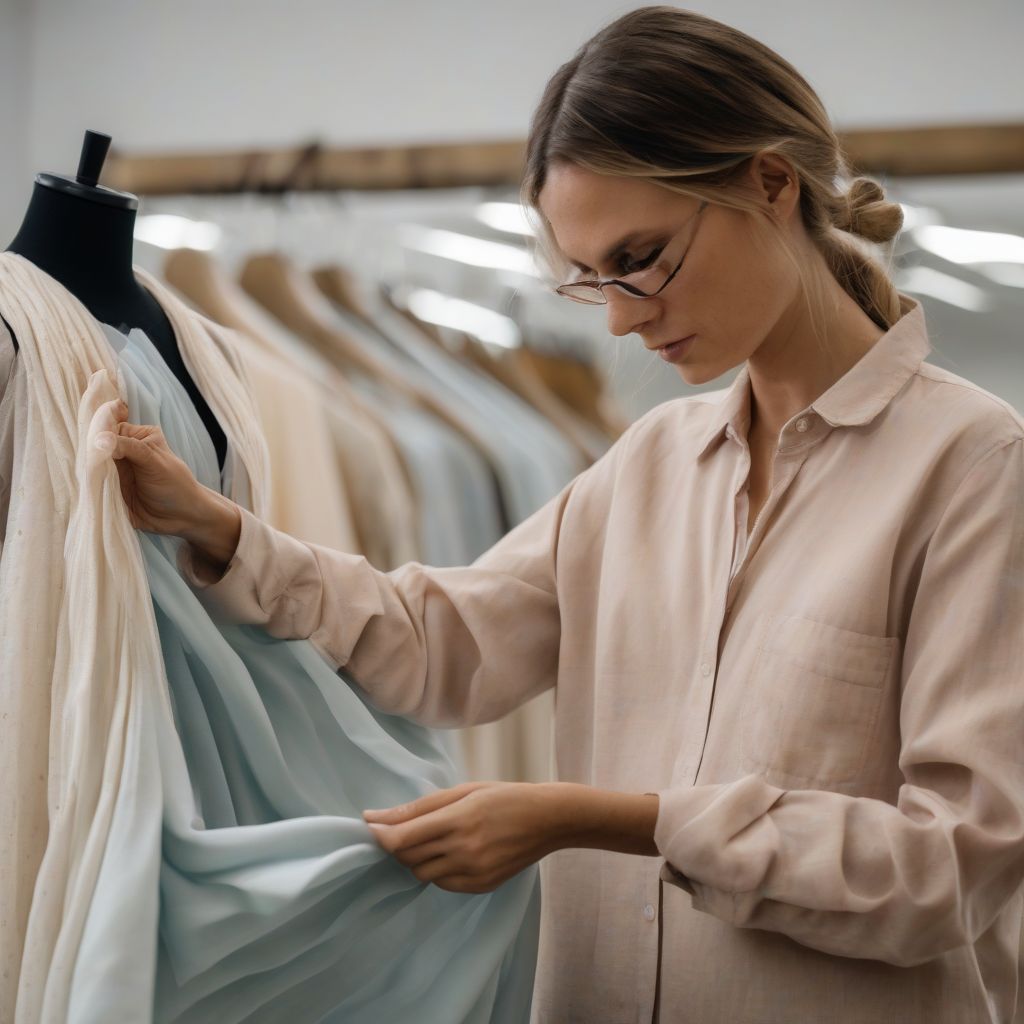“Luxury is in each detail.” – Hubert de Givenchy. And today, those details increasingly speak of sustainability and ethical practices.
For years, luxury fashion was synonymous with opulence, exclusivity, and often, a disregard for environmental and social impacts. But the tides are turning. Consumers, especially millennials and Gen Z, are demanding transparency and responsibility from the brands they support. This shift in values is fueling the rise of eco-friendly luxury fashion brands, proving that sustainability is the ultimate luxury.
Why Eco-Friendly Luxury? Understanding the Shift
Several factors contribute to this burgeoning movement:
1. Growing Awareness: Consumers are more informed than ever about the environmental and social costs of fast fashion. Documentaries, news reports, and social media campaigns have exposed the dark side of the industry, pushing conscious consumption to the forefront.
2. Demand for Transparency: Shoppers are no longer satisfied with vague claims of sustainability. They want to know the origins of materials, labor conditions, and the brand’s environmental footprint. This demand for transparency is pushing brands to be more accountable and ethical.
3. Evolving Definition of Luxury: Luxury is no longer solely defined by expensive materials or logos. It’s also about quality, craftsmanship, and lasting value. Eco-friendly brands often prioritize these aspects, using durable, ethically sourced materials and employing skilled artisans.
4. Influence of Sustainable Leaders: Pioneering designers and brands are leading the way, demonstrating that luxury and sustainability can coexist. Their innovations in materials, production processes, and business models are inspiring both established names and emerging labels to follow suit.
The Pillars of Eco-Friendly Luxury Fashion
What defines a truly eco-friendly luxury brand? Here are some key pillars:
1. Sustainable Materials: The Foundation of Change
-
Organic Cotton: Cultivated without harmful pesticides and fertilizers, organic cotton is gentler on the environment and farmers.
-
Recycled Materials: Using recycled fabrics, like recycled polyester or nylon, reduces waste and minimizes the demand for virgin resources.
-
Innovative Plant-Based Alternatives: Materials like Piñatex (derived from pineapple leaves), mushroom leather, and Tencel (from sustainably sourced wood pulp) offer eco-friendly options without compromising on quality or aesthetics.
2. Ethical Production: Respecting People and the Planet
-
Fair Labor Practices: Ensuring fair wages, safe working conditions, and no child labor are non-negotiables for ethical brands.
-
Local and Small-Scale Production: Supporting local artisans and smaller manufacturers helps reduce carbon footprint and empowers communities.
-
Transparency and Traceability: Brands are increasingly using blockchain technology and other methods to track their supply chains, ensuring transparency and accountability at every stage.
3. Durability and Timelessness: Beyond Trends
-
Quality over Quantity: Eco-friendly brands often emphasize quality craftsmanship and timeless designs, encouraging consumers to invest in pieces that will last for years, reducing the cycle of fast fashion consumption.
-
Repair and Upcycling Services: Offering repair services and encouraging upcycling further extends the lifespan of garments and minimizes waste.
Leading the Way: Examples of Eco-Friendly Luxury Brands
Several brands are setting high standards in the world of sustainable luxury:
-
Stella McCartney: A long-time advocate for animal rights and sustainability, Stella McCartney’s brand is known for its cruelty-free designs and innovative use of materials like mushroom leather.
-
Patagonia: A pioneer in outdoor apparel, Patagonia is renowned for its commitment to environmental activism, transparency, and offering repair services to extend the life of its products.
-
Veja: This French footwear brand has gained a cult following for its stylish sneakers made with sustainable materials like organic cotton, wild rubber, and recycled plastic.
The Future of Fashion: Sustainability as the New Norm
The rise of eco-friendly luxury fashion is more than just a trend; it’s a necessary evolution. As consumers become more discerning and the environmental impact of fashion comes under increasing scrutiny, sustainable practices are no longer optional—they are essential.
 Eco-Friendly Luxury Fashion
Eco-Friendly Luxury Fashion
This shift towards sustainability is also influencing the broader fashion industry. More affordable brands are adopting eco-friendly practices, making conscious choices more accessible to a wider audience.
[amazon bestseller=”sustainable fashion”]
Ultimately, the future of fashion lies in creating a circular economy that minimizes waste, prioritizes ethical practices, and celebrates timeless style over fleeting trends. By embracing sustainability, luxury fashion can redefine its legacy, proving that true luxury is about creating a better future for both people and the planet.
